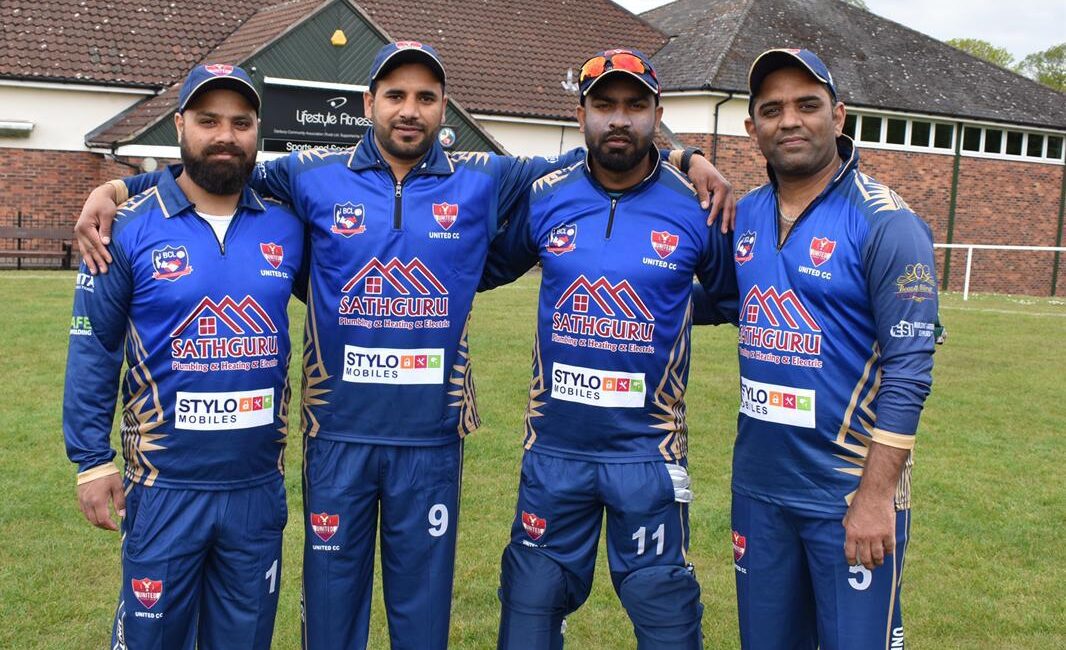South Africa’s Andrew Hall is on strike against Brett Lee at the Wanderers stadium in Johannesburg. The ball is bowled and Hall tucks it into the leg side before setting off for a gentle single.
As he jogs to the other end he hears a belated cheer from the crowd. Confused, he looks around to see the big screen displaying an announcement. He has just faced the fastest ball ever to have been bowled at the Wanderers.
Still confused, Hall’s eyes move from the screen to Lee and they trade a quizzical look: “There’s no way that was that quick.”
The next ball, Lee runs in and bowls a bouncer to Gary Kirsten that flies past his face. Lee and Hall catch each other’s eye once more,
“That one was.”
You see, the speed gun is the movie adaptation of your favourite book. Yes, it tells the story. But it doesn’t tell the full one.
****
“A lot of what makes Test players special happens before the ball comes out of a bowler’s hand.”
Those are the words of England analyst Nathan Leamon, speaking on Jarrod Kimber’s Red Inker podcast. As a starting point, it shines a light on one of the limitations of the speed gun. It only tells us how fast a ball is at the point of release and tells us nothing about what has happened before or what happens after.

